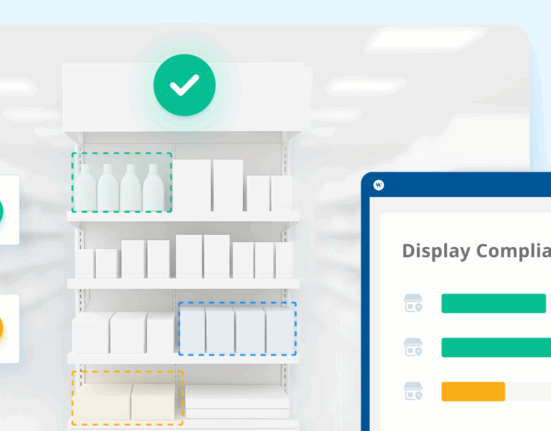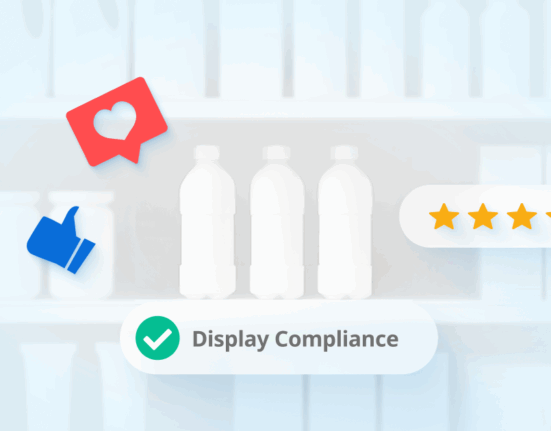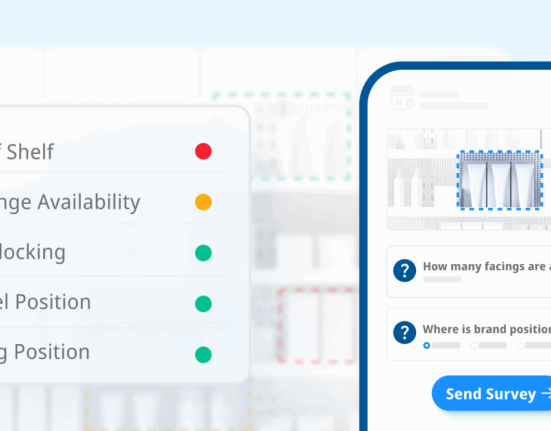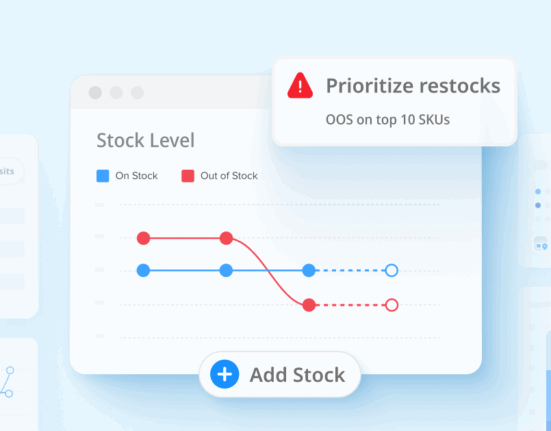Are there any companies that pose a real threat to Apple? Let’s see about that.
Last week I discussed the pricing strategies that helped make Apple the world’s #1 most valuable brand, according to Forbes. Today I’ll bring two other brands into the conversation that also made the list. Microsoft locked in the number two spot and Samsung clocked in at number nine. These companies are often in competition with Apple and it isn’t a coincidence that some of their pricing strategies overlap.
All three brands have a strong online retail presence and are therefore very relevant to any ecommerce business that wants to learn how to break into the big leagues. While all businesses can’t make it onto the list, they can all benefit from the pricing strategies that helped these companies get where they are today.
How Samsung is Eclipsing Apple
While Samsung is ranked lower than Apple in terms of brand value, the company is playing a fierce game of catch up. In fact, in 2013 Samsung’s sales increased 46%, while Apple’s only increased by 23%.
Most people hear about the iPhone vs. Galaxy war, but one place that Samsung is gobbling up market share is in HDTVs. Samsung is the top seller in that market, one that Apple doesn’t even touch. Samsung’s TVs follow a UPP model, which stands for unilateral pricing policy. It means that regardless of the channel that consumers use to buy a Samsung TV, they will pay the same price. This is also true for Apple products. This consistency between online and in store pricing is necessary in order to maintain a happy customer base.
Another implication of Samsung’s HDTV pricing policy similar to Apple’s is keeping prices constant as a way to avoid MAP violations. Because of Samsung’s policy, retailers aren’t allowed to undercut the prices Samsung offers on its website. This makes Samsung a lot like Apple because it promotes exclusivity for consumers and targets high-value consumers. It also links all “Tier 1” HDTV manufacturers (Sony, Sharp, Samsung, LG, and Toshiba) into the same pricing strategy.
Microsoft
Like Apple, Microsoft has been able to diversify effectively. Also, many of its products are not directly attached to the Microsoft brand, so they don’t have the chance to dilute it if the product is unsuccessful. Having Bing, Zune, and Xbox under the umbrella brand allows Microsoft to go after different (even mutually exclusive) market segments with various pricing structures.
Microsoft uses a variety of pricing strategies, but usually positions itself as the cheaper brand. Except when it doesn’t. The Xbox One was priced higher than the PS4 when it was first released ($499 compared to $399). Microsoft products often start at a high price and continue to decrease until the company finds the best price the for the market.
The Microsoft Surface is another example of a product that used a well known pricing strategy. Microsoft uses penetration pricing in order to boost sales and get consumers talking about the product. Penetration pricing is an effective way to create buzz and gain market share. This strategy can pay off in the long run because word of mouth accounts for 20-50% of purchasing decisions.
Main Takeaways
Apple is significantly ahead of the pack in terms of brand value. It is valued at $104.3 billion, compared to Microsoft in the number two spot with $56.7 billion. Other brands certainly have a ways to go if they want catch up to the tech giant. One area that Apple is dominating is in the profit margin department. When other brands learn how to maximize profit and create high demand for premium products, they’ll be able to compete on even ground.
So what should brands and retailers take away from the success of these three brands?
- Having just one pricing strategy is not effective and it might not be right the first time around. Pricing structures, like product offerings, should be diverse and flexible.
- Having consistent pricing across channels is essential to maintaining brand value, image, and customer happiness.
What other ecommerce companies have great pricing strategies that contribute to their success?









